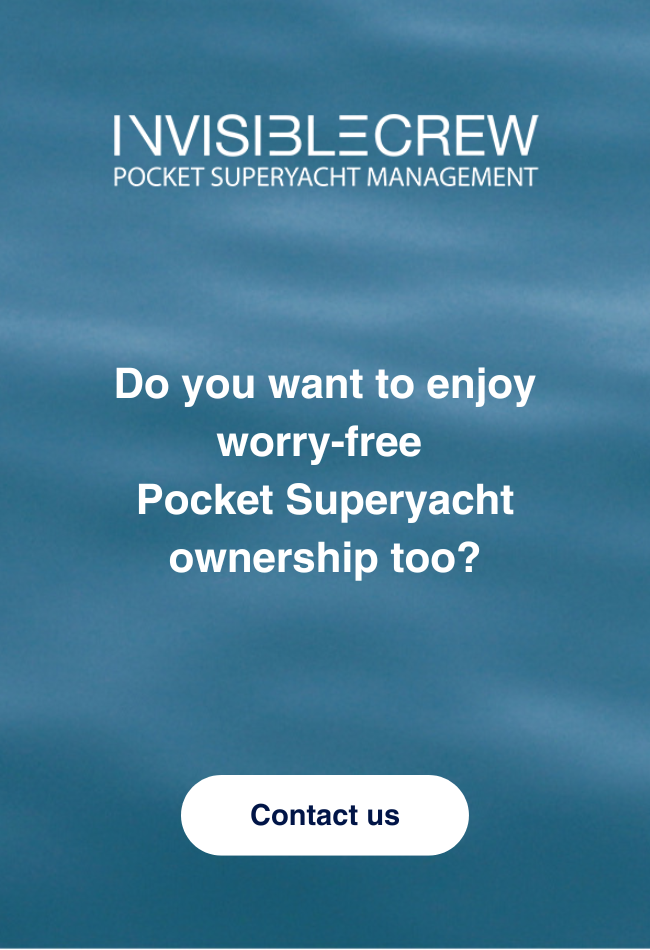Since the beginning of history of navigation the different coastal states have tried to control of the seas and several claims served to fixed the international regulations that crystallized within the United Nations Convention on the Law of the Sea (UNCLOS), also called the Law of the Sea Convention or the Law of the Sea treaty.

This international agreement defines the rights and responsibilities of nations with respect to their use of the world’s oceans, establishing guidelines for businesses, the environment, and the management of marine natural resources and also defined the different areas calculated from the so called baseline – generally the low water mark – and their jurisdiction. These are areas are:
1. Internal waters. These are all waters and waterways on the landward side of the baseline over which the state has complete sovereignty: innocent passage is not even allowed without the explicit permission of that state. Lakes and rivers are considered internal waters. All “archipelagic waters” within the outermost islands of an archipelagic state are also considered inland waters and receive the same treatment, except that innocent passage must be allowed through them.
2. The territorial waters. These include a belt of coastal waters that extends at most 12 nautical miles (22 km; 14 miles) from the line baseline of a coastal state. This extension is set as a maximum and so it could be smaller- The coastal state legislation is responsible for setting the width of the territorial sea within the internationally permitted maximum. The territorial waters are considered sovereign territory of the state, although foreign ships (military and civil) are allowed innocent passage through it – passing through waters in an expeditious and continuous manner, which is not “prejudicial to the peace, good order or the security” of the coastal state. – or transit passage through the straits; this sovereignty also extends to the airspace above and to the seabed below. The adjustment of these limits is called, in international law, maritime delimitation. However this limit of 12 miles might be readjusted in case of straits and neighbour coastal states.
At this point in case of deliveries of vessels beyond 12 miles by means of a simple protocol of delivery signed by two witnesses accompanied by a photo of the GPS and a daily newspaper – as it is quite common in the sector – you have to know that Spanish Customs & Excise Office might challenge this delivery as an export and try to trigger Spanish. They can required further foreign port call.
3. Contiguous area. The protection of the territorial sea, and therefore of the State beyond the territorial waters is guaranteed by the extension to contiguous sea. The purpose of this marine strip is to protect certain interests of the State. In fact, the origin of this strip of sea is to prosecute crimes related to tax and customs measures. Later, illicit trafficking and anti-drug surveillance were added. The contiguous zone extends 12 miles, counting from the territorial sea and it belongs to coastal state jurisdictional waters in customs, tax, immigration and public health matters. This question is interesting for the owner of a pleasure boat, as for instance the Spanish authorities may require the fulfilment of tax obligations to vessels that are in the contiguous zone. It does not seem, however, that there is a relationship with safety matters, such as the requirement for safety equipment of the boat or the certification.
4. Exclusive economic zone or EEZ. It could be determined that the coastal stet jurisdictional waters end in the contiguous zone. That is, they go up to 24 miles, maximum. However, the states considered it convenient to also protect the resources of the sea, the bed and subsoil that extends beyond. That was the reason for the creation of the Exclusive Economic Zone in the Law of the Sea Convention. This area is counted from the baselines up to 200 miles offshore and grants an extension of jurisdictional waters by virtue of the fishing resources and commercial exploitation of the sea, including the seabed (oil). Although, the state authority is subject to these aspects, being for the rest of the high seas jurisdictions.
Beyond these areas the rest is considered high seas.
Carlos Espinosa
Solicitor & Tax Adviser
+34 627 41 32 01
carlos.espinosa@iurisnautic.com












